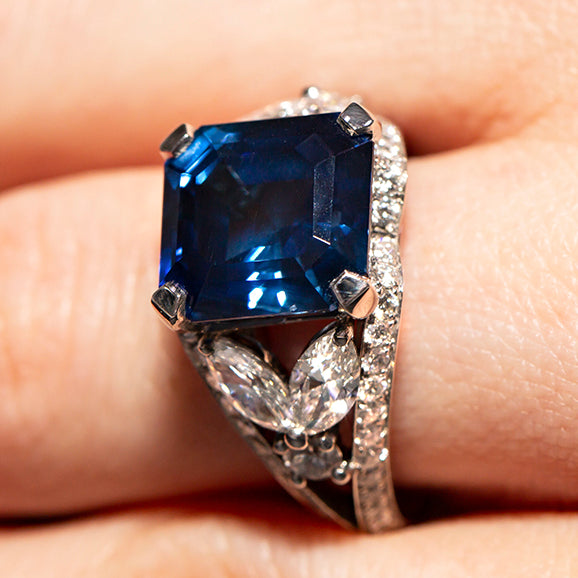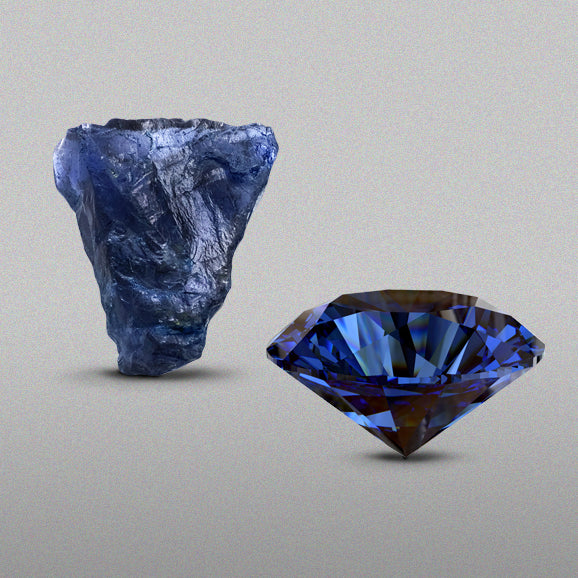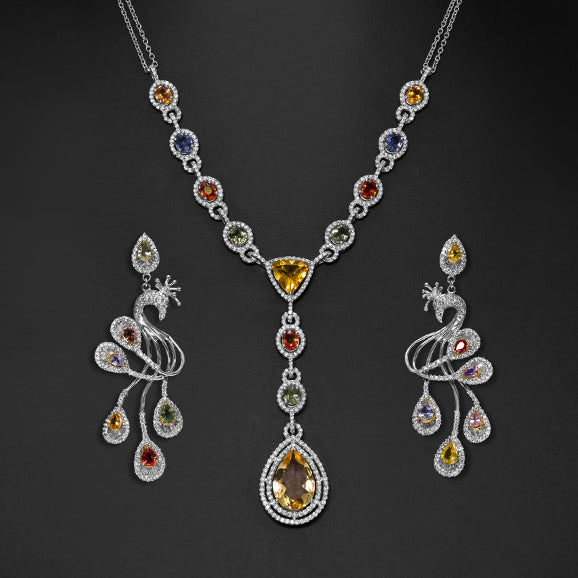Sapphire In Jewellery
Sapphires and rubies together account for around 35% of all coloured gemstones used in jewellery. Due to the volume of stones required it has become prevalent for sapphires to be created artificially or for lower grade stones to be treated with heat and chemicals to improve the quality and change the colour. Some suppliers make a point of stressing that their stones are all-natural without heat or chemical treatment.
Sapphires are very hard with a Mohs scale rating of 9, third behind moissanite’s 9.5and diamond’s 10.
Sapphire can be cut in the same way as diamond so it is ideal for use in any jewellery where diamond can be used such as rings, necklaces, pendants. Caring for these gems is easy, just clean with warm water and lightly scrub with a soft toothbrush. This will be enough to remove grime and dirt and make the gem shine as new.
While some jewellers might say otherwise, the place oforigin has no impact upon the quality or price of the gems. All mines produce stones of all qualities. If you are buying high-quality sapphire, it is worth seeking out pieces that have a report from the GIA or another reputable gemological laboratory. The report you receive will be based upon the same 4Cs as diamonds: colour, clarity, cut and carat (weight). For sapphires though, the colour will be an emphasised attribute as compared to diamond where clarity is usually preferred.
Although it can have many colours, sapphire is generally preferred in its classic deep blue colour. Its attributes as a birthstone are about the mind, with wisdom and self-control being the top benefits.
A gift of a birthstone in jewellery is always meaningful and thoughtful. Givers of the stone show that they have thought about the person and their life. While sapphire birthstone jewellery can be given on any occasion, it will be most appreciated on a special birthday, graduation or anniversary.



